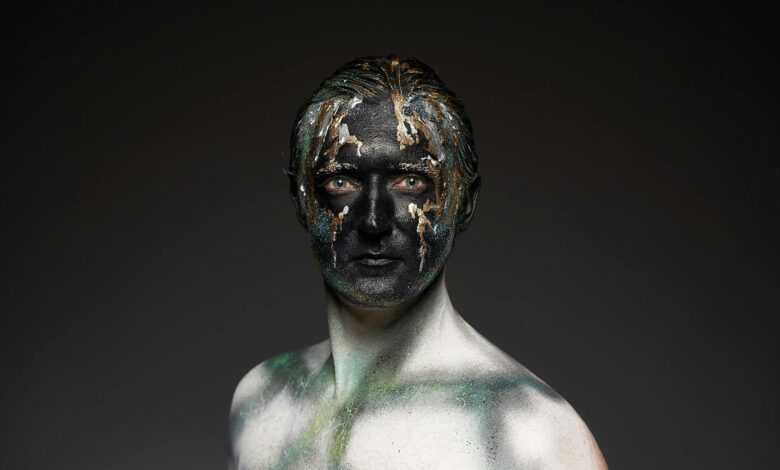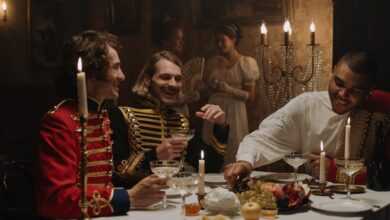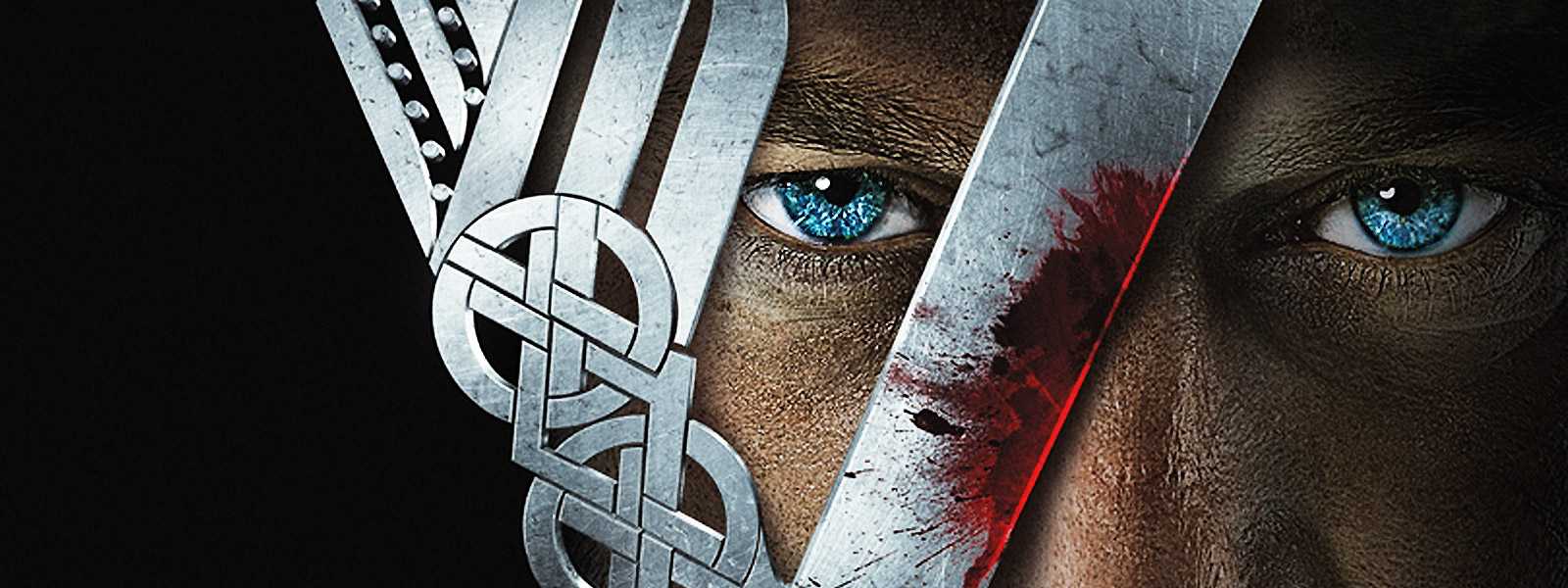
Shaping Masculinity: A Cinematic Journey through Men in Fiction and Film
In the realm of fiction and film, the portrayal of masculinity has undergone a fascinating evolution over the years, reflecting broader societal shifts in gender roles and expectations. From the rugged heroes of classic Westerns to the complex protagonists of contemporary dramas, depictions of men on screen have encompassed a diverse range of traits, values, and experiences. In this article, we’ll explore how these representations have shaped and been shaped by our perceptions of masculinity, and the impact they have had on society as a whole.
Historically, the archetypal male protagonist was often portrayed as stoic, strong, and emotionally reserved, embodying traditional ideals of masculinity. Characters like John Wayne’s cowboy in “The Searchers” or Humphrey Bogart’s hard-boiled detective in “Casablanca” epitomised this rugged, self-reliant image. However, as the cultural landscape began to shift in the latter half of the 20th century, so too did our cinematic heroes.
The 1970s and 80s saw the rise of the anti-hero, characters who challenged conventional notions of masculinity and morality. Films like “Taxi Driver” and “Raging Bull” presented flawed, troubled protagonists grappling with their demons, offering a more nuanced portrayal of male identity. Similarly, the action heroes of the 80s, epitomised by figures like Sylvester Stallone and Arnold Schwarzenegger, combined physical prowess with vulnerability, showcasing a more multifaceted view of masculinity.
In recent years, there has been a notable shift towards more diverse and inclusive representations of men on screen. Films like “Moonlight” and “Call Me by Your Name” have explored themes of love, intimacy, and vulnerability through the lens of male protagonists, challenging traditional notions of masculinity and heterosexuality. Likewise, television shows such as “This Is Us” and “Brooklyn Nine-Nine” have featured male characters who defy stereotypes and embrace their emotions, resonating with audiences of all genders.
These evolving depictions of masculinity in fiction and film have had a profound impact on societal perceptions of gender and identity. By presenting a broader range of male experiences and emotions, they have helped to dismantle rigid gender norms and foster greater empathy and understanding. However, there is still much work to be done to ensure that all men feel represented and valued in media and society.
The portrayal of masculinity in fiction and film is a dynamic and ever-changing phenomenon that reflects the complexities of the human experience. By exploring diverse perspectives and challenging traditional stereotypes, storytellers have the power to shape how we perceive ourselves and others. As we continue to navigate the complexities of gender and identity, let us celebrate the rich tapestry of masculinity and embrace the full spectrum of what it means to be a man




